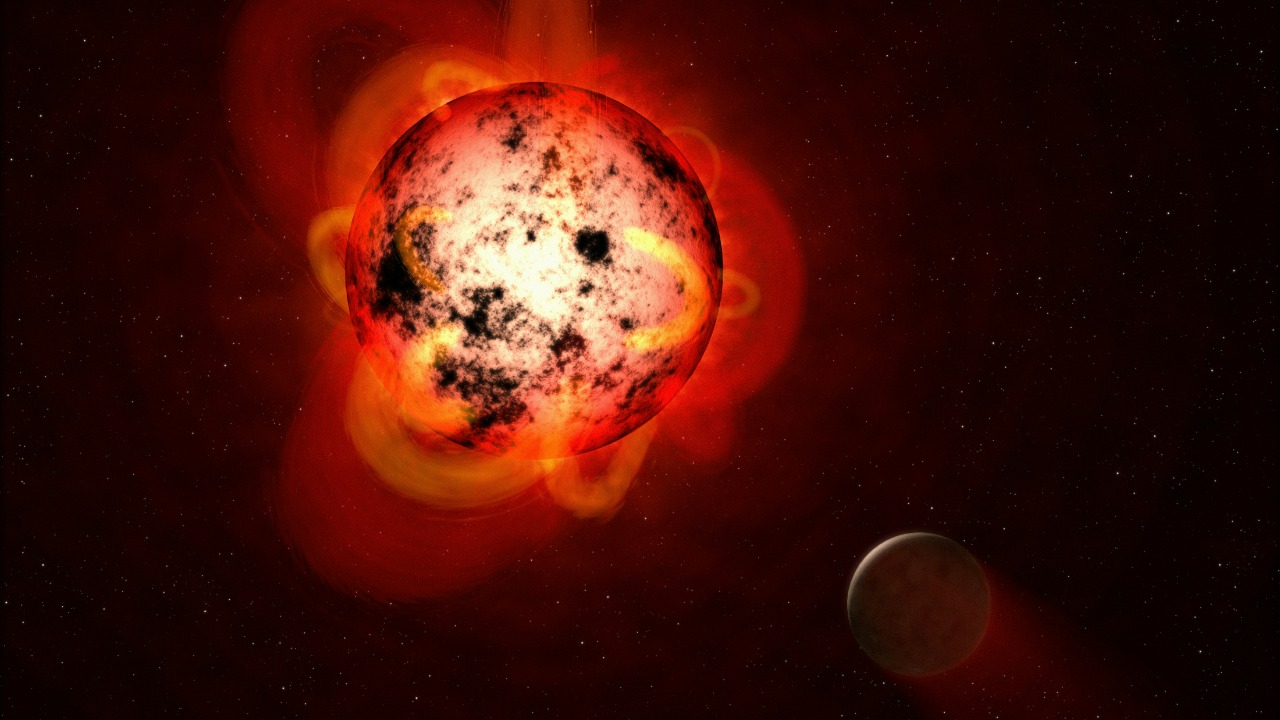
Astronomers have detected a rogue planet experiencing a rapid growth spurt, accreting mass at a rate of 6 billion tonnes per second, marking the fastest such event ever observed. This free-floating world, unbound from any star system, is capturing material from a surrounding disk of gas and dust, providing new insights into planetary formation processes beyond traditional stellar environments. The discovery highlights how rogue planets can grow independently, challenging assumptions about isolated world development.
Discovery of the Rogue Planet
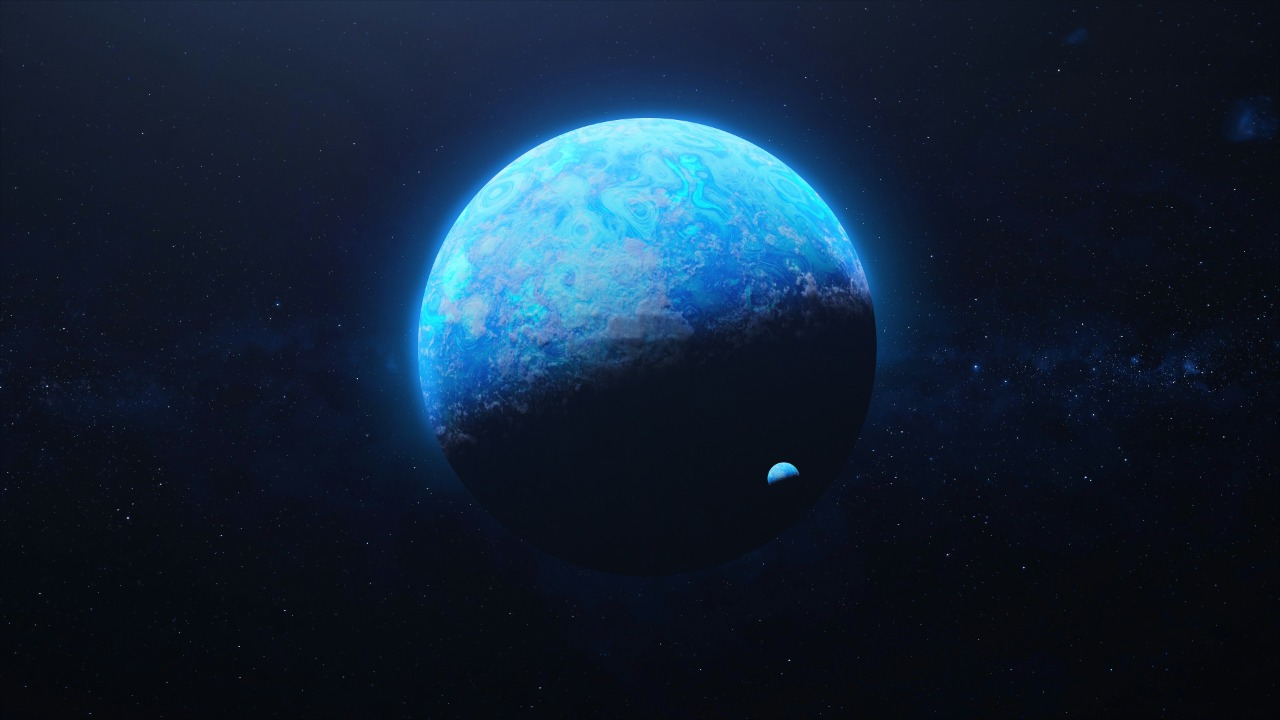
The identification of this rogue planet was achieved through meticulous observations using advanced telescopes focused on regions dense with interstellar material. These observations confirmed the planet’s status as a rogue, unbound to any host star, which is a significant finding in the study of planetary formation. The planet’s motion and position were carefully tracked, revealing its solitary journey through space. This discovery was made possible by targeting specific areas where such free-floating planets are likely to be found, enhancing our understanding of their prevalence and characteristics [source].
Initial detection efforts concentrated on infrared signatures that indicated ongoing accretion, a process where the planet gathers material from its surroundings. This method revealed the planet’s location within a star-forming region, where it interacts with a protoplanetary disk. Such interactions are crucial for understanding how planets can form and grow outside traditional star systems. The infrared data provided a clear picture of the planet’s environment, showing it actively engaging with the disk, a scenario that challenges existing models of planetary development [source].
Spectroscopic analysis further enriched the understanding of this rogue planet by providing evidence of its composition. The analysis revealed a young, gas-rich atmosphere, consistent with rapid formation processes. This atmospheric composition suggests that the planet is in a dynamic state of growth, capturing elements like hydrogen and helium from its surroundings. Such findings are pivotal as they offer a glimpse into the early stages of planetary development, particularly for planets that do not orbit a star [source].
Mechanics of the Growth Spurt
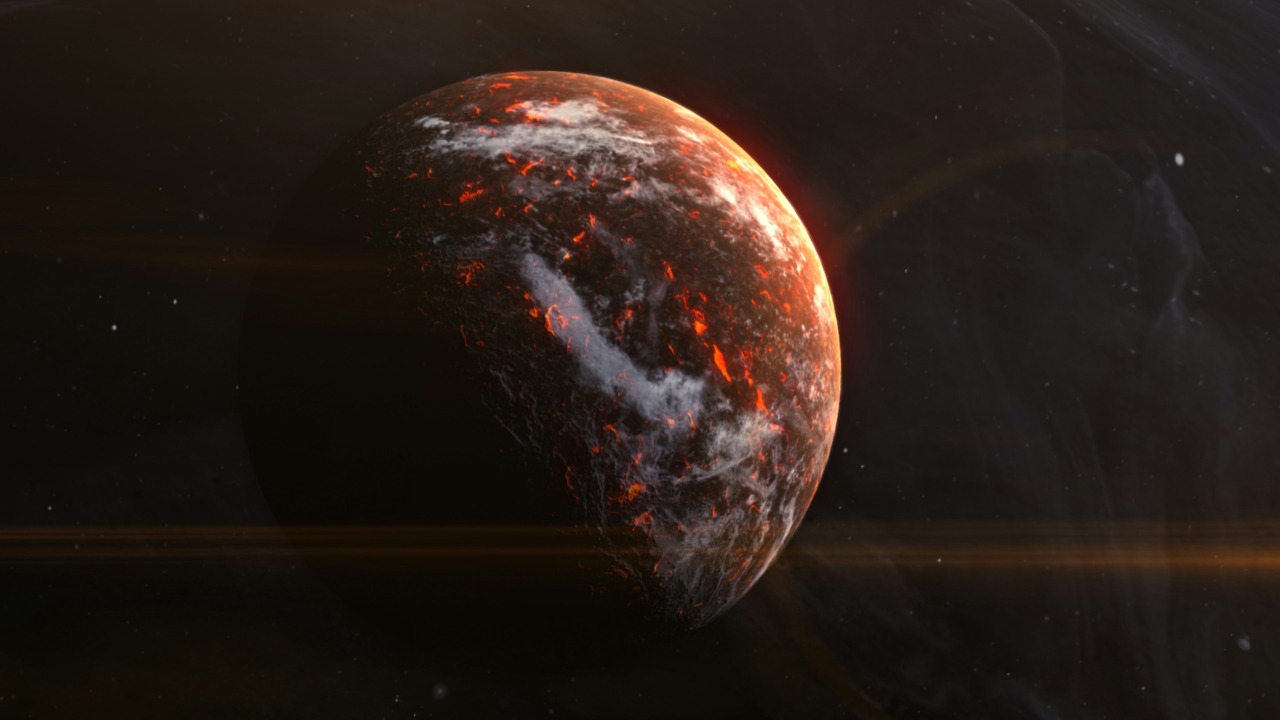
The rogue planet’s remarkable growth spurt, characterized by an accretion rate of 6 billion tonnes per second, is facilitated by its interaction with a circumplanetary disk. As the planet moves through this disk, it pulls in vast amounts of hydrogen and helium at unprecedented speeds. This process of gravitational capture is highly efficient, allowing the planet to amass material rapidly. The velocity at which the planet travels through the disk enhances the infall of material, making this growth spurt a record-breaking event in planetary science [source].
Models simulating the planet’s growth provide insights into the mechanics behind this rapid accretion. These models suggest that the planet’s gravitational field plays a crucial role in capturing surrounding material, a process that is significantly more efficient than typical planetary growth rates observed in star-bound systems. By comparing this event to standard accretion processes, scientists can better understand the unique conditions that allow rogue planets to grow independently, offering new perspectives on planetary formation [source].
Implications for Rogue Planet Formation
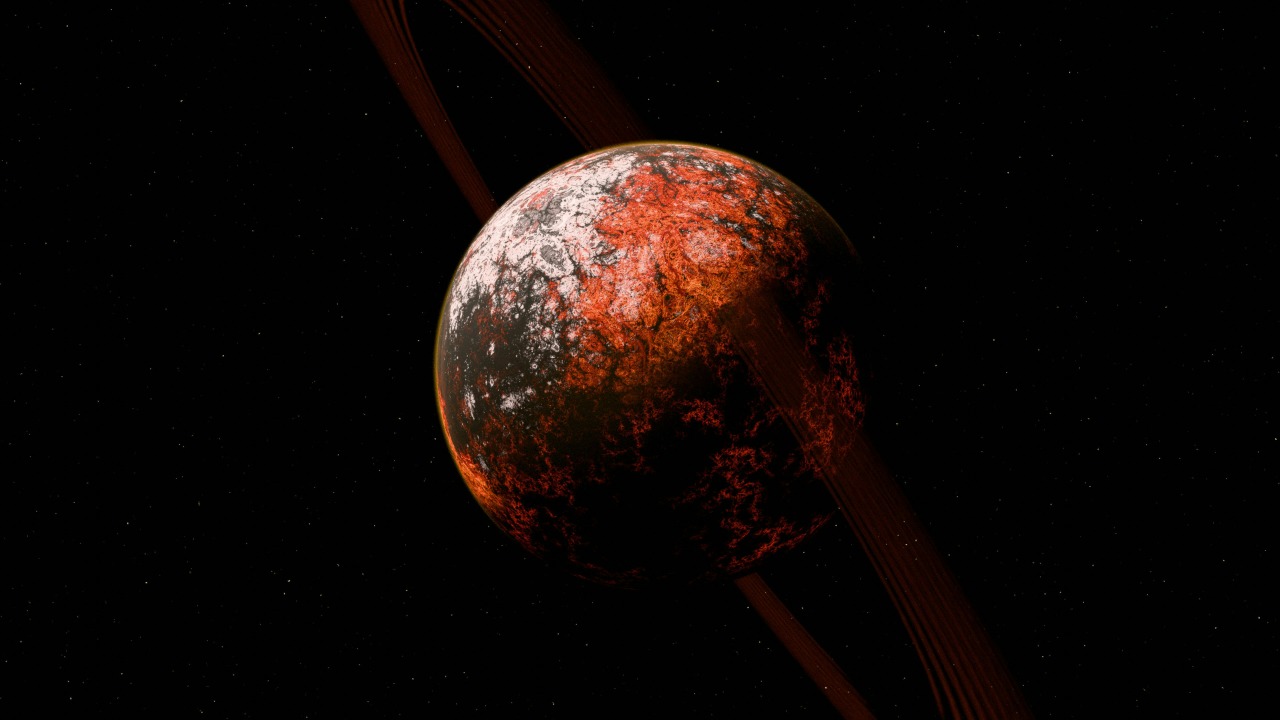
The observation of this rogue planet’s growth spurt has profound implications for our understanding of planetary formation. It suggests that rogue planets can achieve significant mass through isolated accretion, potentially forming Jupiter-sized worlds without the influence of a star. This challenges the traditional view that planets require a host star to gather sufficient material for growth. The data collected on the duration and intensity of the growth spurt provide valuable information for theories concerning planetary ejection and survival in interstellar space [source].
Broader surveys aimed at identifying similar rogue planets could reveal a larger population of these free-floating worlds, altering current estimates of their prevalence in the galaxy. Such discoveries would not only expand our knowledge of planetary formation but also influence our understanding of the dynamics of planetary systems. By studying these rogue planets, scientists can refine models of planetary evolution and explore the potential for life on planets that exist outside traditional star systems [source].
Future Observations and Research Directions
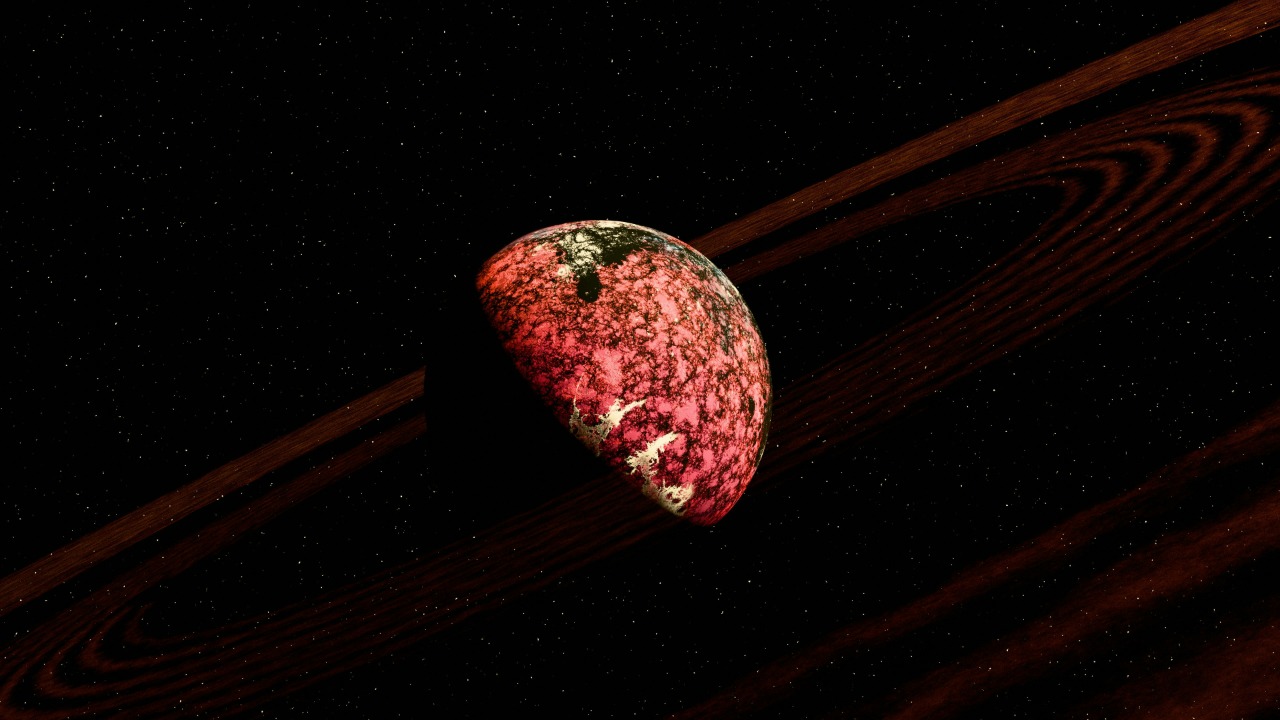
Future research efforts are focused on tracking changes in the rogue planet’s mass and surrounding disk over time. Planned follow-up telescope observations aim to determine whether the growth spurt sustains at the current rate of 6 billion tonnes per second. These observations will provide crucial data on the long-term evolution of rogue planets and their ability to maintain rapid growth in isolation. Understanding these dynamics is essential for developing comprehensive models of planetary formation in diverse environments [source].
Theoretical models will also be refined to predict the habitability of rogue planets based on the effects of rapid growth on internal heating and atmospheric conditions. By exploring these factors, scientists can assess the potential for life on planets that do not rely on a star for energy. Collaborative international efforts are underway to identify additional rogue candidates in similar environments, providing a broader context for this record event and enhancing our understanding of planetary diversity in the galaxy [source].